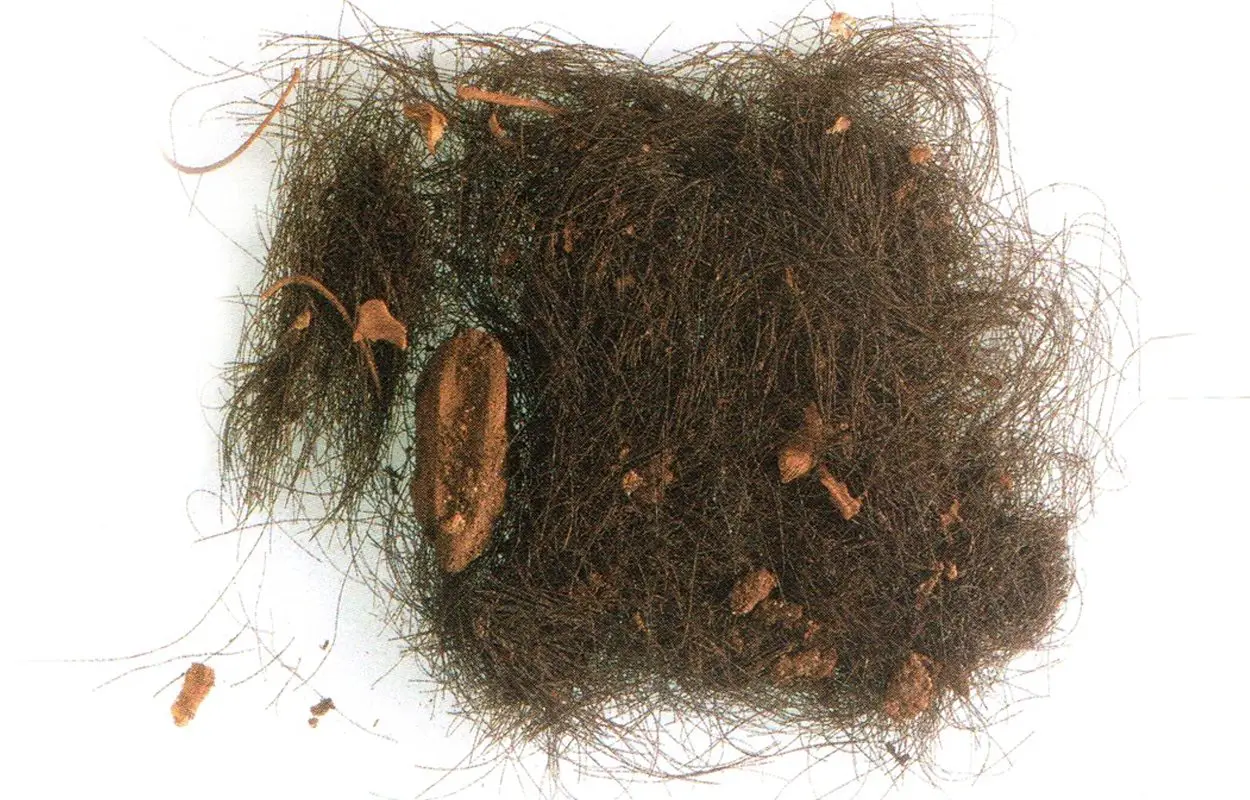Human consumption of mind-altering substances can be traced in the archaeological record back to prehistoric times; however, this is based on indirect evidence such as the typology and function of certain artefacts related to their preparation or consumption.
Menorca was first inhabited during the second half of the third millennium BC during the Late Copper Age/Early Bronze Age.
The islanders constructed large megalithic stone monuments known as navetes, taules and talaiots. Around 1450 BC, a tradition emerged using natural caves closed off with cyclopean walls for human burials.
A new study published in the journal scientific reports, has found direct evidence of drug use in Bronze Age Menorca, based on an analysis conducted on human hair found in the cult cave of Es Càrritx, in Menorca (Balearic Islands).
Archaeologists excavating the cave found a Bronze Age burial, where strands of human hair were recovered that were used in a singular funerary rite.
A chemical analysis performed on the hair using Ultra-High-Performance Liquid Chromatography-High Resolution Mass Spectrometry (UHPLC-HRMS), has detected traces of alkaloids ephedrine, atropine and scopolamine, confirming the use of different alkaloid-bearing plants by the inhabitants of Bronze Age Menorca around 3,000-years-ago.
According to the study, the flora native to Menorca includes the psychoactive species: Datura stramonium, Hyoscyamus albus and Mandragora automnalis, which contain the tropane derivatives atropine and scopolamine. Also on the island is Ephedra fragilis, which contains the phenylethylamine derivative ephedrine, and Papaver somniferum, which contains a variety of benzylisoquinoline alkaloids, morphine and papaverine.
The Bronze Age populations of Menorca may have employed drug plants for their medicinal properties, however, the high levels of toxicity found in the hair samples suggests that plant drugs were also used for the hallucinogenic properties in shamanic ceremonies.
https://doi.org/10.1038/s41598-023-31064-2
Header Image Credit : P. Witte





